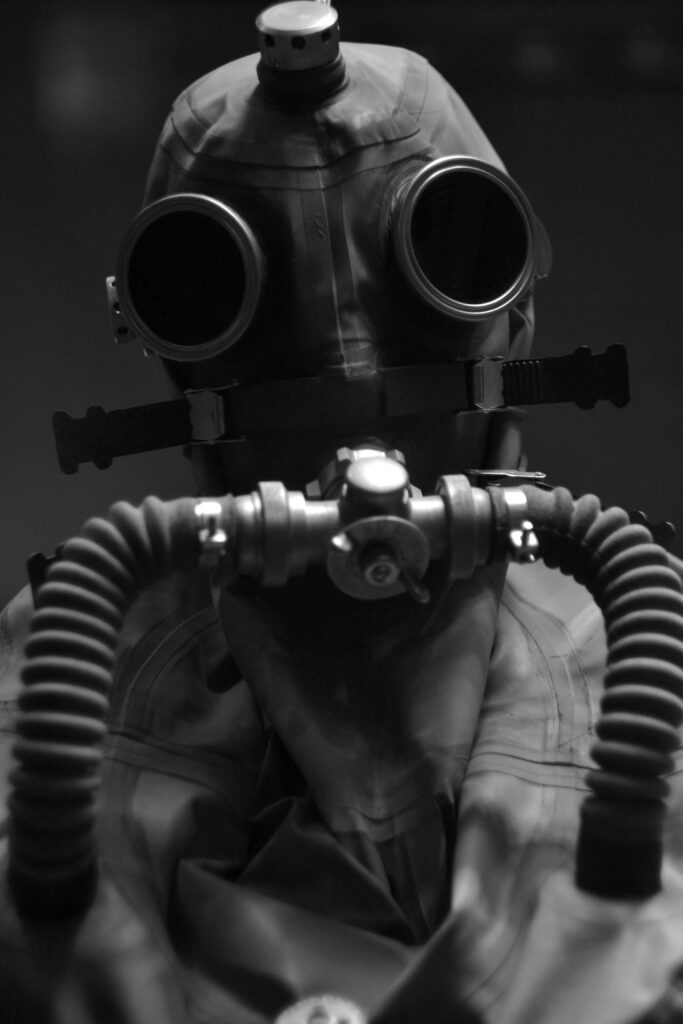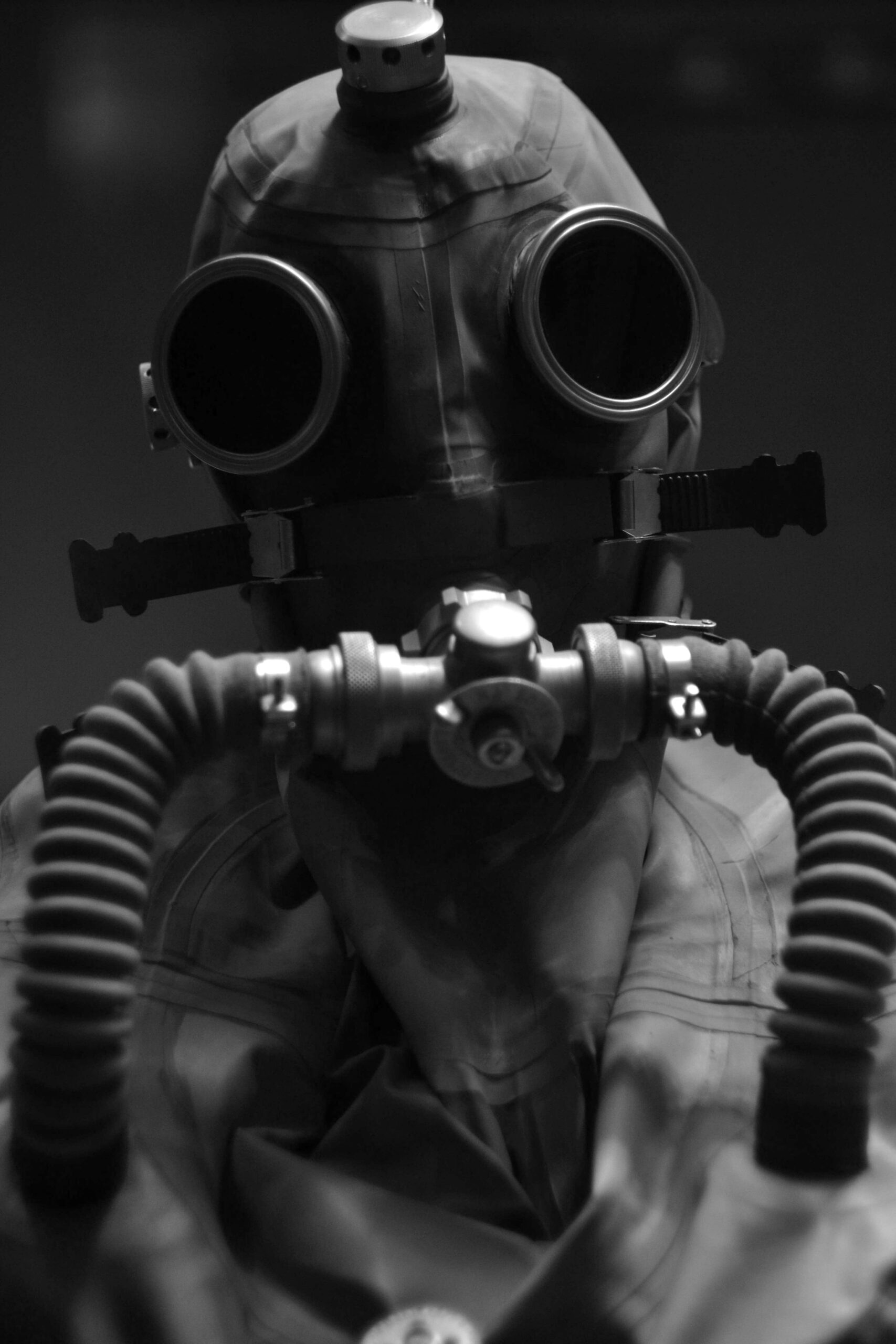Understanding Mechanical Artwork
Mechanical artwork is a fascinating and intricate form of art that combines creativity with engineering. From automata to kinetic sculptures, mechanical artwork involves the use of moving parts and mechanisms to create visual interest and intrigue. In this article, we will explore the world of mechanical artwork and everything you need to know about this captivating art form.
What is Mechanical Artwork?
Mechanical artwork, also known as automata or kinetic art, is a form of art that incorporates moving parts and mechanisms to create motion and interaction. These artworks are often powered by hand-cranking, wind-up mechanisms, or electricity, and are designed to engage and captivate viewers with their movement. From whimsical figurines that dance and twirl to intricate sculptures that come to life, mechanical artwork is a unique and mesmerizing art form that bridges the gap between art and engineering.
How is Mechanical Artwork Created?
Mechanical artwork is created using a combination of artistic vision and mechanical engineering skills. Artists and creators first conceptualize their designs, envisioning how they want the artwork to move and interact with its surroundings. They then work to design and build the mechanics of the artwork, carefully crafting and assembling the moving parts to ensure smooth and fluid motion. Finally, the artwork is brought to life through the addition of finishing touches such as paint, embellishments, and decorative elements.

Types of Mechanical Artwork
There are several different types of mechanical artwork, each with its own unique characteristics and appeal. From automata to kinetic sculptures, mechanical artwork comes in many forms, each offering a different experience for the viewer. In this section, we will explore some of the most common types of mechanical artwork and what sets them apart.
Automata
Automata are mechanical figurines or models that are designed to move in a specific way when activated. These artworks often feature intricate mechanisms such as cams, gears, and levers that work together to create motion. Automata can take on a variety of forms, from whimsical animals and characters to complex scenes and narratives. They are typically hand-cranked or powered by a wind-up mechanism, allowing viewers to interact with and control the movement of the artwork.
Automata are renowned for their ability to tell stories and convey emotions through motion, making them a popular choice among collectors and enthusiasts of mechanical artwork. These pieces are often designed with intricate details and craftsmanship, showcasing the skill and creativity of the artist behind the creation.
Kinetic Sculptures
Kinetic sculptures are large-scale artworks that incorporate movement and motion into their design. These sculptures can take on a variety of forms, from abstract shapes and designs to lifelike depictions of animals and figures. Kinetic sculptures are often powered by electricity or other mechanical means, allowing for continuous and fluid movement.
Kinetic sculptures are designed to interact with their surroundings and create dynamic visual displays that evolve over time. These artworks can be found in public spaces, museums, and galleries, captivating audiences with their innovative designs and mesmerizing motions.
Clockwork Art
Clockwork art is a specialized form of mechanical artwork that revolves around the creation of intricate clock mechanisms and timepieces. These artworks often feature complex gears, springs, and escapements that work together to keep time and create movement. Clockwork art can take on many forms, from traditional pocket watches and decorative clocks to elaborate automaton clocks that feature moving figurines and scenes.
Clockwork art is prized for its precision and craftsmanship, with artists and creators dedicating hours of work to designing and building intricate mechanisms that keep time with accuracy and precision. These artworks are a testament to the skill and dedication of their creators, showcasing the artistry and engineering prowess required to create functional and beautiful timepieces.
Collecting Mechanical Artwork
Collecting mechanical artwork can be a rewarding and enriching experience, allowing you to explore the world of art and engineering from a new perspective. Whether you are a seasoned collector or a newcomer to the world of mechanical artwork, there are a few key things to keep in mind when building your collection.
Research and Exploration
Before starting your collection, take the time to research and explore different types of mechanical artwork to find what interests you most. Visit museums, galleries, and exhibitions to see a variety of pieces up close and learn about different artists and creators in the field. By broadening your knowledge and understanding of mechanical artwork, you can develop a discerning eye and appreciation for the art form.
Quality and Authenticity
When collecting mechanical artwork, it is important to prioritize quality and authenticity. Look for pieces that are well-crafted and impeccably designed, with careful attention to detail and craftsmanship. Authenticity is also key when building your collection, as genuine pieces from reputable artists and creators hold their value and significance over time.
Maintenance and Care
Proper maintenance and care are essential when collecting mechanical artwork, as these pieces often contain delicate moving parts and mechanisms that require attention and upkeep. Keep your collection clean and dust-free, and avoid exposing the artworks to excessive heat, humidity, or sunlight that could damage the mechanisms. Regular maintenance and servicing by a qualified professional can help keep your collection in top condition and preserve its longevity.

The Future of Mechanical Artwork
As technology and innovation continue to advance, the future of mechanical artwork is brighter than ever. Artists and creators are incorporating new materials, techniques, and technologies into their designs, pushing the boundaries of what is possible with mechanical art. From 3D printing and digital fabrication to interactive and augmented reality experiences, the future of mechanical artwork promises exciting possibilities and new horizons for creativity and expression.
Digital Integration
One of the key trends shaping the future of mechanical artwork is the integration of digital technologies and interactive elements into traditional designs. Artists are exploring digital fabrication techniques such as 3D printing and laser cutting to create intricate and detailed components for their artworks. Digital sensors and actuators are also being incorporated into mechanical pieces, allowing for interactive and responsive experiences that engage viewers in new and innovative ways.
Sustainability and Eco-Friendly Practices
Another important consideration for the future of mechanical artwork is sustainability and eco-friendly practices. Artists and creators are increasingly mindful of their environmental impact and are exploring new materials and methods that prioritize sustainability and ethical production. From upcycled and repurposed materials to energy-efficient mechanisms and designs, the future of mechanical artwork is moving towards a more sustainable and environmentally conscious direction.
Collaboration and Community
Collaboration and community are also shaping the future of mechanical artwork, with artists, engineers, and creators coming together to share knowledge, ideas, and resources. Online forums, social media platforms, and maker spaces are fostering connections and collaborations among like-minded individuals who share a passion for mechanical art. These communities provide a supportive and nurturing environment for artists to exchange ideas, learn new skills, and collaborate on projects that push the boundaries of mechanical art.

Conclusion
In conclusion, mechanical artwork is a captivating and dynamic art form that combines creativity with engineering to create unique and engaging experiences for viewers. From automata to kinetic sculptures, clockwork art to digital integrations, mechanical artwork offers a diverse and exciting world of possibilities for artists and enthusiasts alike.
Whether you are a seasoned collector, a budding enthusiast, or simply curious about the world of mechanical artwork, there is something for everyone to appreciate and enjoy in this fascinating art form. By exploring the different types of mechanical artwork, considering key factors when collecting, and looking towards the future of innovation and collaboration, you can embark on a journey of discovery and appreciation for the beauty and complexity of mechanical artwork.

